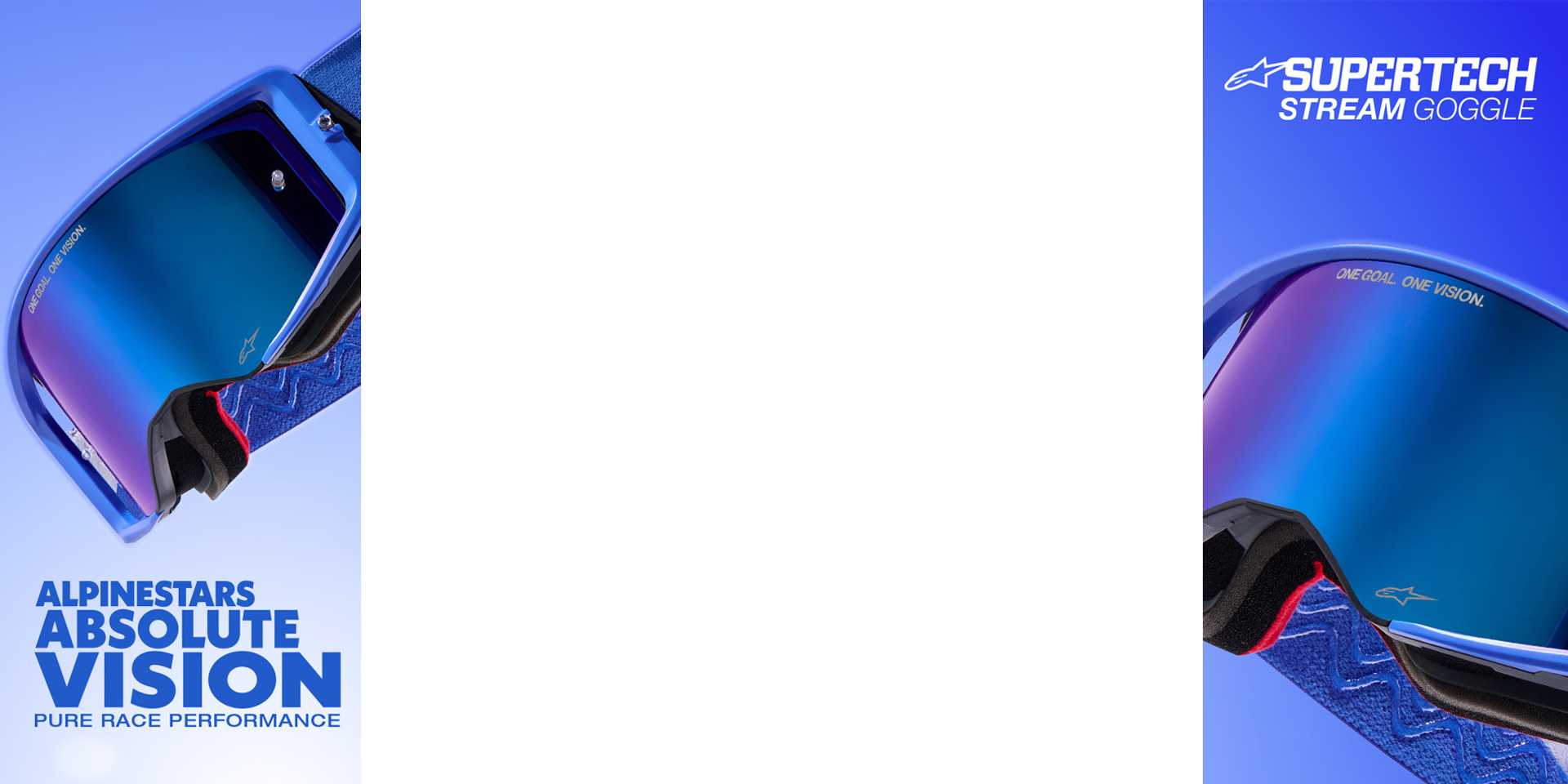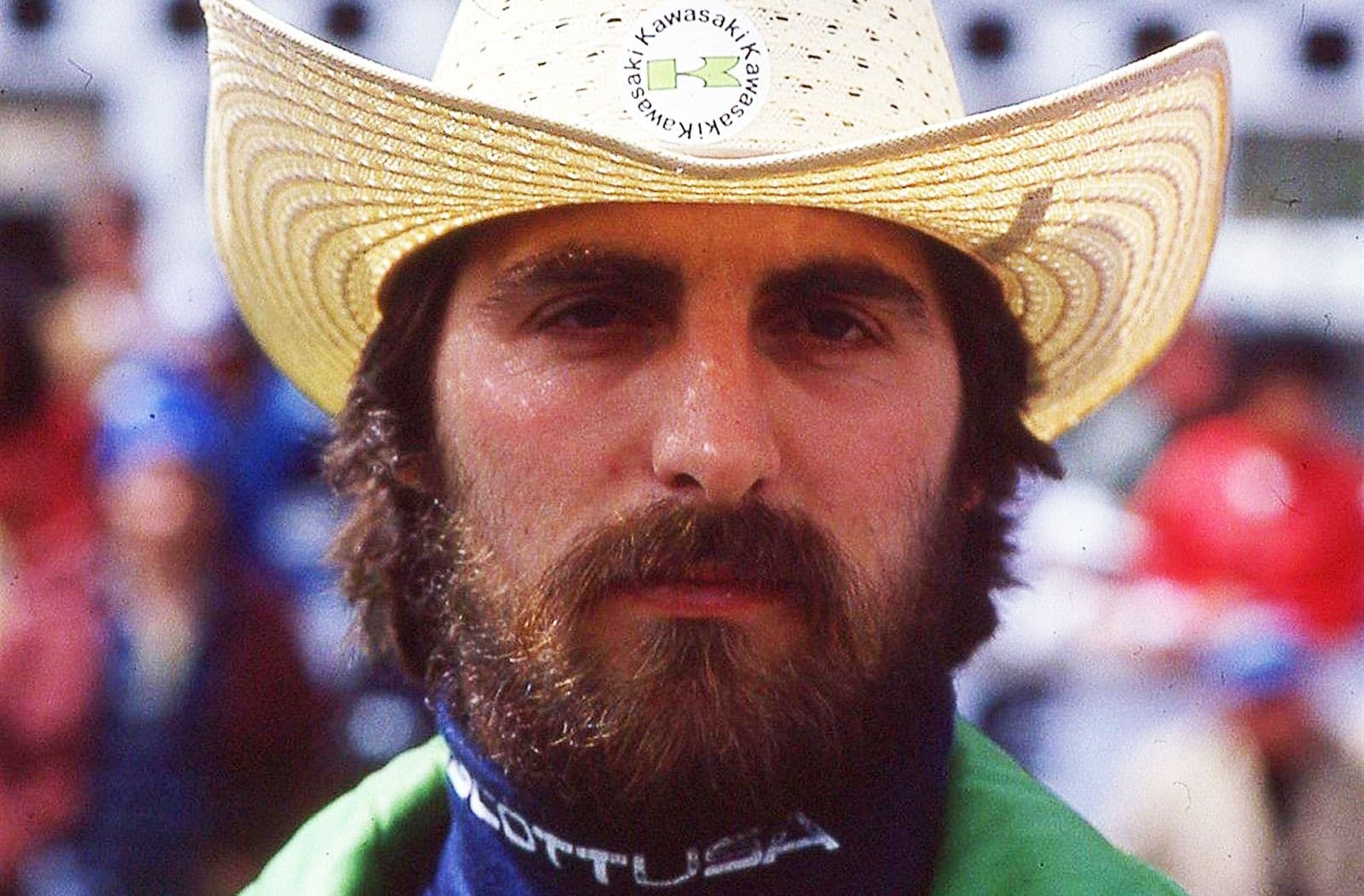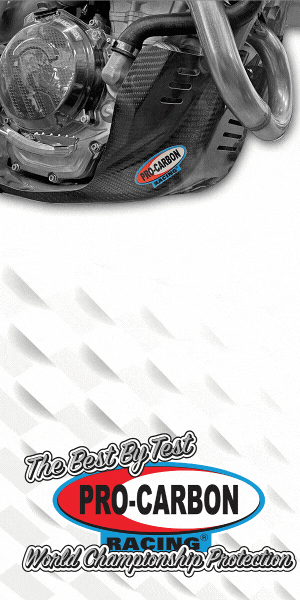Brad Lackey - 50 Years Ago
Brad Lackey was one of America’s pioneering motocross racers of the 1970s and ‘80s. In 1972, Lackey won the very AMA 500cc National Motocross championship in its first season as an independent series. Lackey was dominant, winning five of the eight races.
Instead of staying in the U.S. to defend his title, being determined to chase his dream of a world championship, he elected to compete on the highly competitive European circuit. In 1982, after a decade of trying, he became the first American to win the 500cc World Motocross Championship.
During his career, Lackey rode for CZ, Suzuki and Honda, but in the United States he is most closely associated with Kawasaki, the team with which he won his AMA title.

A child of the "Flower Power" age in the San Francisco area, Lackey called himself a bit of a hippie and often rode with a dove on his handlebars during the Vietnam War era. Lackey left racing on top. He retired after winning the ’82 world championship, leaving a legacy as one of America’s top motorcycle racers of all time.
Lackey and Kawasaki
Five decades ago American Brad Lackey was deeply involved in the development of the Unitrak suspension which saw Kawasaki challenge for the title in the FIM 500cc World Motocross Championship.
After clinching the inaugural 500cc AMA motocross championship series in 1972 with Kawasaki at the tender age of nineteen Brad faced a brilliant career in the USA but the young Californian saw his future in Europe where he had enjoyed his first taste of world championship racing the previous summer.
"The motivation for me was to become a better world-class racer. In 1972 I won every race easily in the US and clinched the first MX Championship title on Kawasaki. After watching the Europeans over here at the Trans-AMA and Inter-Am events, and not being able to beat them when I raced against them, I came to the conclusion that whatever they were doing in Europe was better for race results. Whether it be the tracks or conditioning or equipment, they had a huge advantage over us," explained Brad who started his career in Europe with minimal support but extremely high motivation.
It took him two seasons to advance into the top ten of the 500cc World Championship and in 1975 he recorded his maiden moto victory during the final round of the series in Luxembourg. Improving his results each season, the Californian eventually finished runner-up in 1978 and joined Kawasaki for their official involvement in the main category.

"I gave Kawasaki their first MX championship in the US so I had many friends still in the company. They approached me about the new Unitrak suspension that they were developing; they might have over-sold how far along the development was but I wasn't totally happy at Honda with their restrictions on bike development. I knew Kawasaki would green-light anything I wanted to do to improve the bike so I signed with them for '79."
At the end of the 1970s all of the factories were looking for new suspension technology as the bikes were becoming more and more powerful; when Kawasaki became involved officially in the 500cc class they introduced the Unitrak system and after much testing Brad put in an amazing performance when he won a moto during the very first round of the series in Austria.
"Just prior to the first GP in 1979 at Sittendorf the bike was not completely ready for the competition development-wise so my mechanic and I flew to Japan for some last-minute changes. After several adjustments to the motor and suspension the bike was flown to Austria and arrived the Saturday before the GP," remembered Brad, who shocked the world with his results. "That day I made the podium with a 5-1 finish but from where the bike development had been two weeks prior I felt it was a huge victory for the Unitrak system, Kawasaki and myself. The biggest change from traditional suspension was the need to be very precise with spring-tension and valving for large jumps and small bumps," he continued.
Overall winner of the second round of the series in France, Brad won six motos and claimed five GP podiums that season.
"The season started pretty good with moto wins in the first three GPs of the season but then we had a couple of DNFs from an array of different causes. Overall we won more motos than anyone else that year but also had more DNFs," he added. But the experience gained during the season was an important step for the Unitrak. "Brad was a big part of the development of the Unitrak as he raced the works bike with the first system on it in the Grand Prix circuit; it was full-factory with KHI engineers attending the races. Here in the USA our bikes were a little different to the ones Brad had as he was the top GP works rider in those days," recalled Norm Bigelow at Kawasaki Motors Corporation.

Brad's second season with Kawasaki was even better as he was a title-contender throughout the season, only losing his duel for the title with André Malherbe during the final GP in Luxembourg.
"I would have to say my best memory would be that Kawasaki management had complete faith in my ability to develop that bike; it made the relationship working with them much more fun than I had experienced in the past. By 1980 the bike was as good or better than the factory Hondas which had three to five riders on the team and many engineers developing that bike while Kawasaki and I did it alone," said Brad who finished runner-up that year before finally clinching the world title two years later; at that point he immediately retired from professional racing after ten years of sacrifice and effort far away from friends and family, but he retains many good memories from that period of his life:
"The best thing was all the support that I received from Roger De Coster, getting to learn from the top guys like Roger, Heikki Mikkola and Bengt Aberg and becoming friends with them; I still have many friendships from that time. The most difficult thing for me was probably racing the winter months in Europe at international races in Belgium, Netherlands or France, and being away from home."
An American Legend - By Jean Turner
If any racer can be credited with ending European domination of motocross racing, it's Brad Lackey. The Northern Californian was the first American to win a motocross world championship, and put the United States on the map as serious contenders. "Bad Brad" also played an important role in helping develop motocross machinery throughout his 13-year professional career, including his world-championship-winning Suzuki.
Lackey was born in Berkeley in 1953. His dad was a motorcyclist and taught Brad to ride at an early age. He quickly blitzed through the amateur ranks. By 1970, he was often the top American finisher in Trans-AMA races. But Lackey had his eye fixed on a bigger stage – the FIM Motocross World Championship. At the time, it was unthinkable for an American to beat the Europeans, but Lackey was unfazed.
In 1971 a life-changing opportunity came when CZ sent him to train at a motocross camp in Czechoslovakia. Brad had already gathered that one of the reasons European riders were so successful was their training, and he was determined to be their equal.
In 1972 he was back in the States where he dominated the 500cc class in the newly formed AMA National Motocross Championship. At the end of the year, Kawasaki wanted him to remain Stateside to defend his title, but Lackey returned to Europe. With minimal support from Kawasaki, he had a tough year, and signed with Husqvarna for 1974. He was a member of the US Motocross des Nations team, which shocked the world by finishing second.
Each year Lackey inched closer to his goal. In 1977 he took his first World Motocross GP victory. The following year he finished second in the 500cc World Championship behind Heikki Mikkola, a feat he repeated in 1980. Two years later and riding for Suzuki, some thought his time had come and gone. But at the final event of the year, Brad found himself facing only two remaining obstacles: his Belgian teammate and championship rival – and a crowd so partisan it had literally knocked another rider off his bike to improve their hero's chances. So "Bad Brad" executed a daring plan to let his rival lead the race into the final laps, then passed him for the win before he or the stunned onlookers could react. To this day he remains the only American ever to win a 500cc World Motocross Championship. He retired from racing at the end of the season.
Looking back, the 1999 AMA Motorcycle Hall of Fame inductee has a lot to celebrate. He was a pioneer of motocross racing in the United States. He not only broke down barriers for American riders overseas, but he also helped develop motocross technology for manufacturers such as Kawasaki and Suzuki along the way. Today he owns an apparel company and still rides in vintage motocross events for fun.
"As long as you have a goal in life like I did for winning the world championship," says Lackey, "then everything else is easy."
Kawasaki and AMA Images







